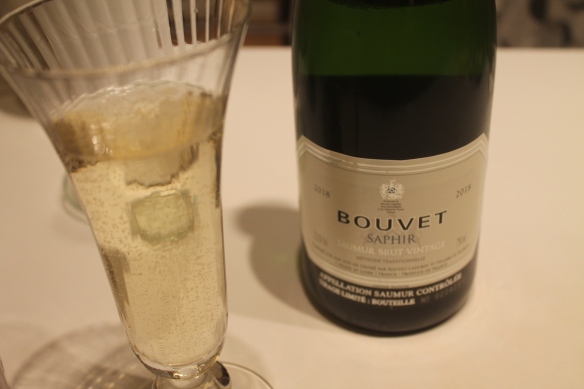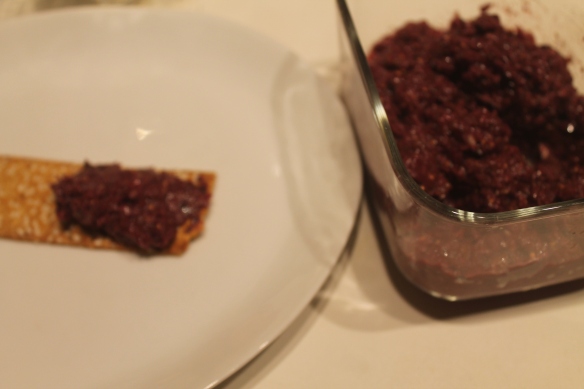I consider myself a rationalist, believing that logic and circumstance (and one’s socio-economic-geographic environment) largely determines a person’s life. I mean, let’s face it: a woman born in Juba, South Sudan is not going to have the same life as one born in Toronto, Canada.
Chance also plays a part in our lives; luck, good and bad. Genetic traits as well.
This morning I awoke from a dream and a deep deep sleep with the following question in my head: What if my life had turned out differently? The dream was about the farm my parents bought way back in the 1970s, a beautiful rambling property with an old barn and a ramshackle hundred-year old house. Over the years the buildings were fixed up and the property tamed. When the drunken tenant farmer accidentally burned the barn down, Dad had a swimming pool put in its place, the remaining old stone walls enclosing it in a U-shape. We went there weekends and over summer vacation; happy happy days.
Why did my mother sell that farm? What if the farm had been kept in the family and I could still go there? What if my life had turned out differently?
Hence, the eternal existential question: Why am I here? I ask this question a lot. It’s this question that triggered the writing of my memoir. I wanted to trace or map the trajectory of my life to determine why I’m in Paris and not back home in Canada. I needed to make sense of it all.
How much control do we really have over our life circumstances? In terms of external causal factors, the answer is “none”.
I think it’s good to examine our lives from time to time: how did we get here, what were the circumstantial reasons/factors that brought us here. And, most importantly, how can we live our lives to our full potential.


It was a 100-acre farm, located an hour and a half drive east of Toronto, between the towns of Warkworth and Campbellford. I miss it.
By coming to Paris I believed that my world would expand, and in many ways it did, but it also shrank. I lost many things.
Here’s a brief excerpt from my book –
As for my father, he was on his way to fulfilling his next dream of buying a hobby farm. We had spent a year of Sundays cruising the back roads of rural Ontario and visiting farms for sale, all of them derelict and available for a song. The homestead that he eventually purchased sat on a hundred acres of woodland and fallow fields, set back from a gravel road. A long driveway led to a brick house dating from the late 1800s. Two sheds and a barn overlooked a pond.
“John is realizing his ambition to become a gentleman farmer,” said my mother to a friend.
“What’s a gentleman farmer?” I asked, imagining a man, suited and tie-ed, sitting on a tractor. “It’s someone who farms for pleasure rather than for money,” was the response.
One day at the height of summer when the crops and foliage were in full bloom and the trill of crickets filled the air, my mother and I stood knee-deep in a field of goldenrod, she clutching the bottom of a rickety ladder, me sneezing and rubbing my hayfever-inflamed eyes. From the ladder’s top rung my father stood, hammering a wooden name plate onto a tree at the foot of our driveway. The words engraved into the name plate were ‘Fern Hill Farm’.
“But there are no ferns around here…” I said between sneezes.
“It’s the name of a poem, dear,” said my mother, sighing. “Your father’s favourite poet is Dylan Thomas.” Later, I read the poem entitled Fern Hill and agreed that it was fitting.
Now as I was young and easy under the apple boughs
About the lilting house and happy as the grass was green,
The night above the dingle starry,
Time let me hail and climb
Golden in the heydays of his eyes,
And honoured among wagons I was prince of the apple towns
And once below a time I lordly had the trees and leaves
Trail with daisies and barley
Down the rivers of the windfall light.
And as I was green and carefree, famous among the barns
About the happy yard and singing as the farm was home,
In the sun that is young once only,
Time let me play and be
Golden in the mercy of his means,
And green and golden I was huntsman and herdsman, the calves
Sang to my horn, the foxes on the hills barked clear and
cold,
And the sabbath rang slowly
In the pebbles of the holy streams.
All the sun long it was running, it was lovely, the hay
Fields high as the house, the tunes from the chimneys, it was
air
And playing, lovely and watery
And fire green as grass.
And nightly under the simple stars
As I rode to sleep the owls were bearing the farm away,
All the moon long I heard, blessed among stables, the
nightjars
Flying with the ricks, and the horses
Flashing into the dark.
Dylan Thomas, Welsh poet, 1914 – 1953











































